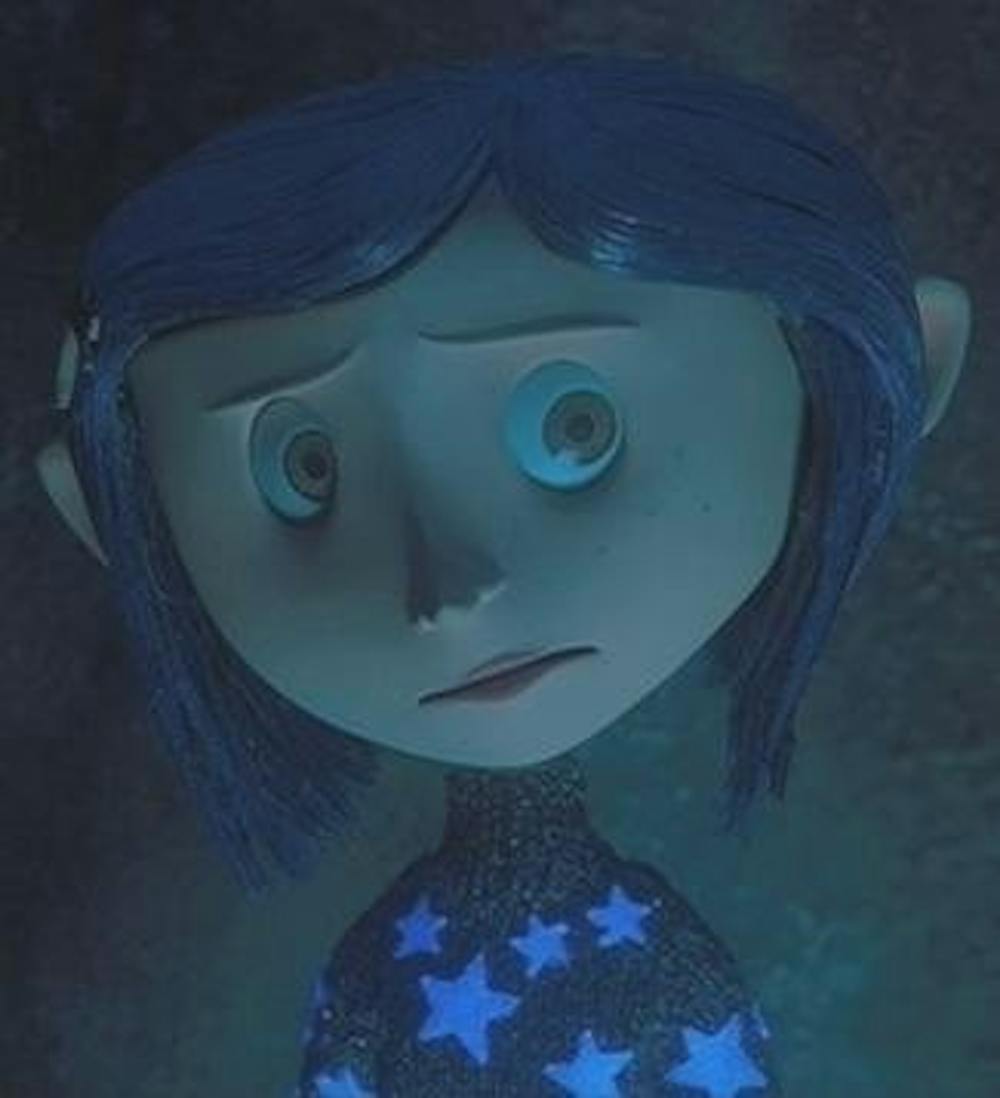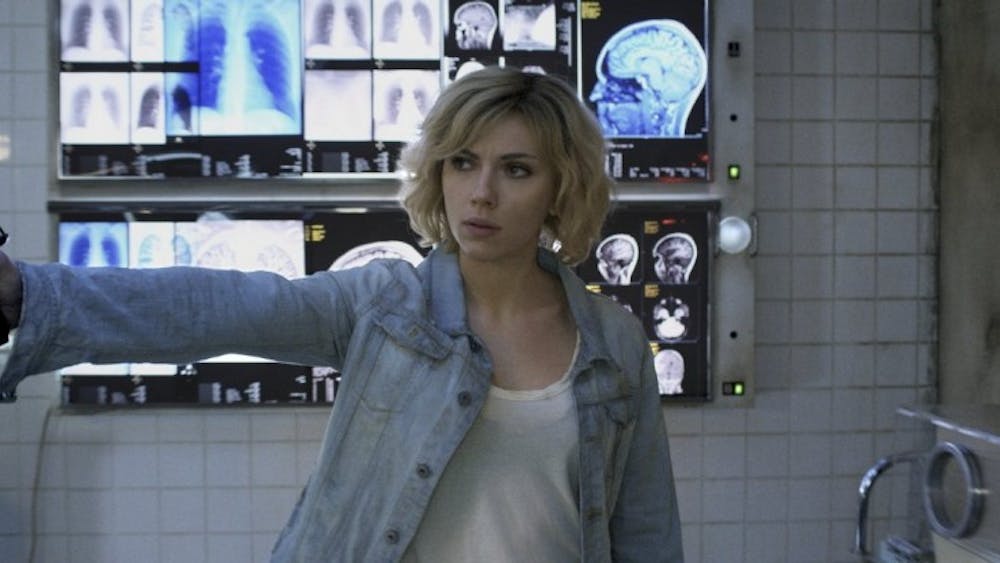“Coraline” isn’t really a children’s movie.
Written and directed by “Nightmare Before Christmas” director Henry
Selick and based on the comic book by Neil Gaiman, the film portrays a
modern day “Alice in Wonderland.”
When Coraline Jones finds a strange door in her family’s new house, she discovers an alternate reality. The world she finds is perfect – it is everything she could ever want. But Coraline soon finds that perfect isn’t necessarily good for her health.
The story serves as a compelling metaphor for the pitfalls of a life devoted to selfish satisfaction. Selick’s beautiful claymation serves as the perfect medium to tell the story. The puppets are equally endearing and off-putting.
After the recent onslaught of machine-made CGI films, “Coraline”’s claymation is a welcome relief. The puppets seem more alive than many of the CGI creations found today, perhaps because each puppet was handmade and manipulated.
Selick had originally intended to alternate between full CGI and claymation but found the CGI cold and sterile. As a film, “Coraline” is neither of those things.
Its characters are flawed; the parents ignore their child because she is annoying, and Coraline has a tendency to be rude and unlikable, just like a real 10-year-old girl.
The voice acting in the film is superb as well. Terri Hatcher and Dakota Fanning do excellent jobs voicing their roles. Unlike most animated films, the characters look nothing like the actors who play them. You never once catch yourself thinking Coraline is Dakota Fanning.
As a film, “Coraline” works wonderfully; its flawed characters and bizarre imagery grab hold of you in a way few animated films have in recent memory.
“Coraline” isn’t a happy film, nor does it have a storybook ending – but it doesn’t need one. It has something storybook endings can’t offer: substance.
Claymation done right

Get stories like this in your inbox
Subscribe





